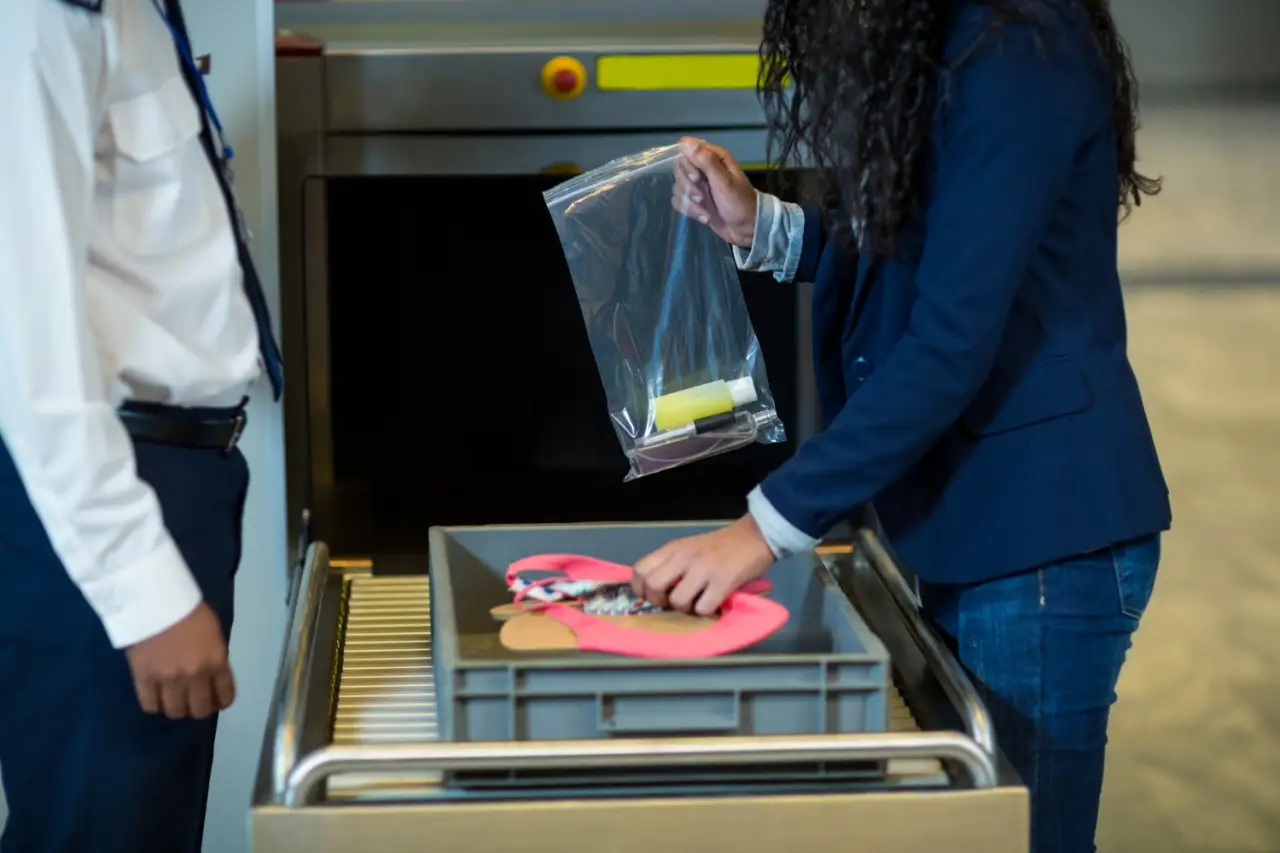European Airports Reinstate 100ml Liquid Limit for Cabin Baggage – Focus on Travel News

European airports reinstate the 100ml liquid limit for cabin baggage, catching many travelers by surprise as the familiar rule comes back into effect on September 1.
The decision marks a significant policy shift after recent relaxations allowed passengers to carry larger quantities of liquids, aerosols, and gels in their hand luggage.
This sudden reversal follows a technical report by the European Civil Aviation Conference that raised concerns about the effectiveness of advanced 3D scanners, known as Explosive Detection Systems for Cabin Baggage (EDSCB), which were deployed in several European airports.
Initially, these scanners were expected to revolutionize airport security by enabling travelers to bring up to two liters of liquids without the need to remove them from their bags at security checkpoints. However, the report revealed a critical flaw—the scanners’ software struggled to reliably detect potential threats in containers larger than 330ml.
As a precautionary measure, the European Commission has decided to temporarily reinstate the 100ml liquid rule across all EU airports, including those already equipped with these advanced scanners. This means passengers must now adhere once again to the well-known restriction of carrying liquids, gels, and aerosols in containers no larger than 100ml, all of which must be placed in a resealable clear plastic bag with a maximum volume of one liter.
“This precautionary measure is not in response to any new threat but addresses a temporary technical issue, undertaken in alignment with the EU’s international partners,” the European Commission clarified in a statement. It further highlighted ongoing efforts to develop swift technical solutions that would allow for broader allowances while ensuring the highest safety standards in air travel.
Preparing for Renewed Restrictions
The reinstatement of the 100ml limit means that travelers passing through European airports must revert to familiar packing strategies. All liquid items must be in containers of 100ml or less, placed inside a transparent, resealable plastic bag, with each passenger allowed only one bag. Larger quantities will have to be checked in, and passengers are advised to plan accordingly to avoid delays at security checkpoints.
This change will likely affect the travel habits of many passengers who had grown accustomed to the relaxed rules and the convenience of carrying more liquids. Airports across Europe are expected to see a return to the queues and security checks that have defined air travel in the post-9/11 era. Travelers should allow extra time at security to account for the renewed scrutiny of hand luggage.
Will the Relaxed Rules Return?
The European Commission’s decision to reinstate the 100ml rule is framed as a temporary measure, pending improvements in technology. It has emphasized that the goal is to find quick technical solutions to restore the relaxed liquid restrictions while maintaining rigorous safety standards. This means that travelers could once again see a return to more lenient rules in the future, provided the current concerns with the scanners can be addressed effectively.
For now, however, the 100ml rule is back, and passengers flying through European airports must prepare for a return to stricter security protocols. The renewed restrictions serve as a reminder that, despite technological advancements, air travel safety remains paramount, and policies will evolve as needed to protect passengers.
Related
Brits forced to pay fee to visit these 30 countries…
UK tourists will be required to pay a fee to visit 30 countries in Europe under new European Union (EU) travel rules.The rules mean British holidaymakers will n
The beautiful European island with just 148 locals
Irakleia is a beautiful island in the Minor Cyclades of Greece, nestled in the heart of the Aegean Sea and just an hour away from Naxos. Officially recorded t
Warning issued for Brits flying easyJet and Ryanair to popular…
Passengers flying with Ryanair, easyJet and British Airways should expect disruption (Picture: Urbanandsport/NurPhoto via Getty Images) Passenge











